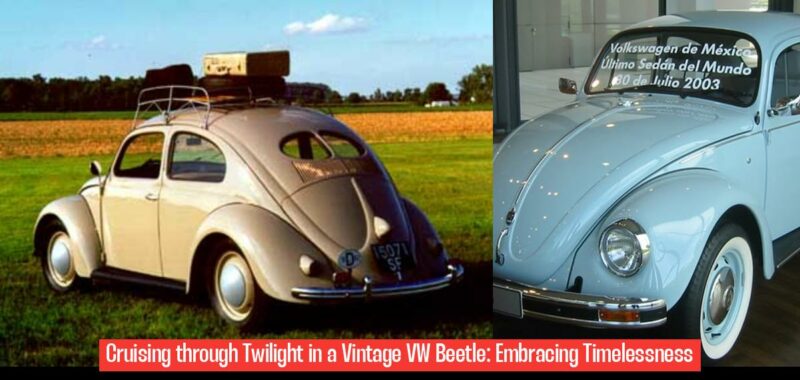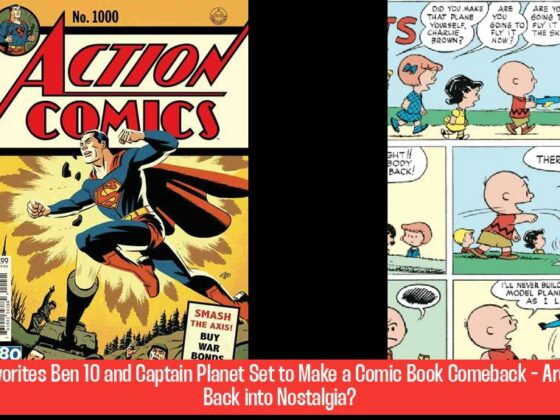Cruising into the Twilight in a VW Beetle: A Timeless Classic
The setting sun casts long shadows across the asphalt, painting the world in hues of orange and purple. The air is alive with the scent of pine and the distant hum of crickets. It’s a moment of serenity, a time for reflection as the world around us slows down. And what better way to experience this magical twilight hour than behind the wheel of a classic VW Beetle?
The VW Beetle, affectionately nicknamed the “Bug,” has become synonymous with freedom, joy, and a simpler way of life. Its iconic shape, with its rounded curves and unmistakable silhouette, has captivated generations. From its humble beginnings in Nazi Germany to its rise as a symbol of the counterculture movement of the 1960s, the Beetle has left an indelible mark on automotive history.
But beyond its cultural significance, the Beetle offers a driving experience that is truly unique. Its air-cooled engine, unlike the water-cooled engines common in most modern cars, purs in a distinctive rumble that fills the cabin with a comforting symphony of mechanical harmony. The engine’s placement in the rear, a design element that contributes to the car’s distinctive handling characteristics, gives the Beetle a sense of agility and responsiveness that is hard to find in other cars.
The Beetle’s simple design is also a testament to its enduring appeal. With its minimalist dashboard and straightforward controls, the Beetle invites you to reconnect with the fundamental joy of driving. The absence of unnecessary gadgets and distractions allows you to focus on the road, the scenery, and the pure pleasure of being behind the wheel.
Imagine cruising along a winding country road, the sun setting behind you, the wind in your hair. The Beetle, with its compact size and nimble handling, effortlessly navigates the curves, carving its way through the countryside with a sense of effortless grace. It’s a feeling of freedom, of being connected to the road and the world around you in a way that few other cars can match.
Herbie: The Love Bug and the Legacy of the VW Beetle
No discussion about the VW Beetle is complete without mentioning Herbie, the loveable, sentient 1963 Beetle that captured the hearts of audiences worldwide. Herbie’s charm lies in its combination of wit, personality, and sheer driving prowess. This Volkswagen, one of eleven original cars built by Walt Disney Studios for the first Herbie movie, “The Love Bug,” became a pop culture icon, inspiring countless sequels and spin-offs.
> Fans React Strongly to Leaked Photos from Set of New ‘Superman’ Reboot
Herbie’s distinctive number, 53, was a tribute to Don Drysdale, a renowned baseball player for the Los Angeles Dodgers. Producer Bill Walsh, a devoted Dodgers fan, honored Drysdale by incorporating his jersey number onto Herbie’s body. The fact that only three of the eleven original Herbie cars are known to exist today adds to their mystique and desirability among collectors.
While Herbie’s character and personality were undoubtedly fictional, his impact on the real world was undeniable. Herbie, with his mischievous spirit and uncanny ability to win races, became a symbol of optimism and the belief that anything is possible. He showed us that even the most ordinary object, like a humble VW Beetle, can be imbued with extraordinary character and charm.
The VW Beetle’s legacy extends far beyond Herbie. It has become a symbol of a particular era, a time when cars were simpler, more durable, and more affordable. The Beetle’s enduring popularity, even after its production ended in 2003, speaks to its timeless appeal and the enduring affection it holds in the hearts of car enthusiasts around the world.
Behind the Wheel of a Classic: A Journey Back in Time
Driving a classic VW Beetle is an experience unlike any other. It’s not just about getting from point A to point B; it’s about embracing a different pace of life, a slower, more deliberate way of engaging with the world. As you turn the key, the engine purrs to life, a comforting sound that instantly transports you to a simpler time. The steering wheel feels solid in your hands, and the light, responsive handling allows you to navigate narrow streets and tight corners with ease.
The Beetle’s compact size and low center of gravity make it surprisingly nimble and fun to drive. You feel a sense of connection to the road, a feeling that is often lost in the larger, more technologically advanced cars of today. The Beetle’s simple design, with its lack of power steering and modern amenities, encourages you to be more engaged in the act of driving.
As you cruise along, you can’t help but notice the attention you receive from passersby. The Beetle, with its distinctive shape, instantly turns heads. People smile, wave, and give thumbs up. It’s a reminder that the Beetle is more than just a car; it’s a symbol of a shared cultural experience.
The VW Beetle: A Timeless Classic
The VW Beetle is more than just a car; it’s a cultural icon, a symbol of freedom, and a testament to the enduring power of simple design. Its legacy continues to inspire, captivating new generations of car enthusiasts with its timeless appeal. From its distinctive looks, to the sound of its air-cooled engine, to the overall driving experience, the VW Beetle is truly unparalleled.
Whether you’re cruising down the highway on a sunny day or venturing out into the twilight on a cool evening, the VW Beetle offers a unique and unforgettable driving experience. It’s a reminder to slow down, appreciate the simple things in life, and embrace the joy of the open road. So, the next time you have the chance, climb behind the wheel of a classic VW Beetle and experience the magic for yourself.
What is the significance of the VW Beetle in automotive history?
The VW Beetle, also known as the “Bug,” holds cultural significance as a symbol of freedom and a simpler way of life. It has captivated generations with its iconic shape and has left an indelible mark on automotive history.
What makes the driving experience in a VW Beetle unique?
The VW Beetle offers a distinctive driving experience with its air-cooled engine, rear placement for agile handling, and minimalist design that allows drivers to focus on the joy of driving without unnecessary distractions.
How does the VW Beetle connect drivers to the road and the world around them?
The VW Beetle, with its compact size and nimble handling, provides a sense of freedom and connection to the road. It effortlessly navigates curves, allowing drivers to feel connected to the world around them in a unique way.
Who is Herbie, and what is its significance in relation to the VW Beetle?
Herbie is a lovable, sentient 1963 Beetle featured in the movie “Herbie: The Love Bug.” Herbie’s charm lies in its wit, personality, and driving prowess, contributing to the legacy of the VW Beetle.



